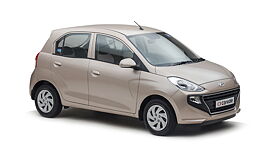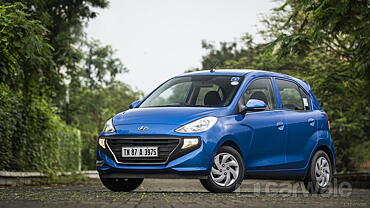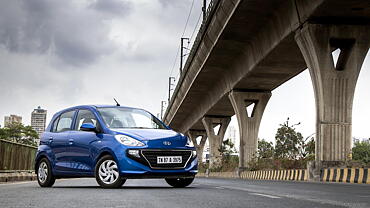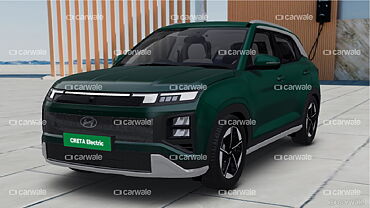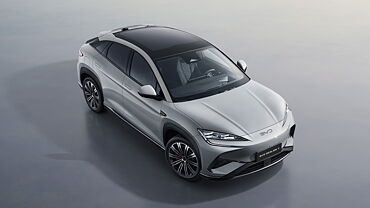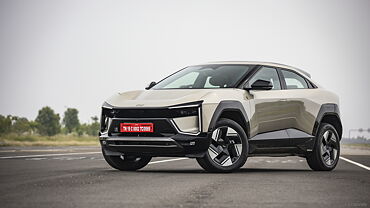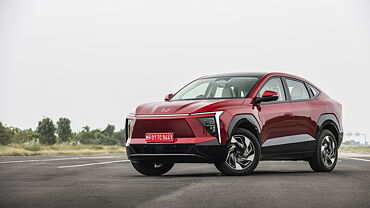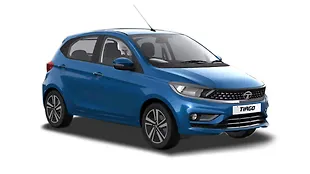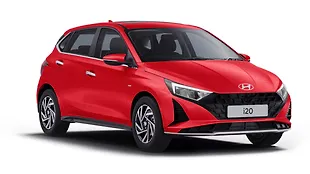
The Hyundai Santro is here and with its aggressive styling and compact-yet-roomy cabin, it does spice up the budget hatchback segment in the country. But as we all know, the Indian buyer tends to opt for the higher-spec trims of a car which means there always the option of finding a lower trim of a bigger car for the same price. So if you are headed to the Hyundai dealership, you will see the Xcent right beside the Santro and for just Rs 2000 more ex-showroom, you can opt for the Xcent instead of the Santro.
The Xcent is a sub-four metre compact sedan based on the Grand i10 which is a segment above the Santro. It offers a bigger and wider cabin and a dedicated 407-litre boot and also the status that comes with a sedan. Along with a plusher drive, the Xcent also offers a more powerful 1.2-litre petrol engine that develops 82bhp of power and 114Nm of torque against the 68bhp and 99Nm developed by the 1.1-litre mill of the Santro.
But then size is not everything. The Santro, since it is the top-spec Asta, offers more car for the money you spend. For example, the 6.9-inch touchscreen system is missing from the base Xcent along with the steering mounted audio controls. The Xcent gets internally adjustable mirrors while the ones in the Santro are electrically adjustable. Add the rear AC to the equation and the scale tilts in the Santro’s favour instantly. And then there is a long list of all-four power windows, rear parking sensors, twin airbags in the front, height-adjustable driving seats amongst others.
It entirely depends on the premise on which the buying decision is being made. If there is a requirement of space with frequent long travels, then the Xcent would be a better choice. But if one is looking at a commuter vehicle or a car for an urban nuclear family, the Santro wins the race, hands down.

